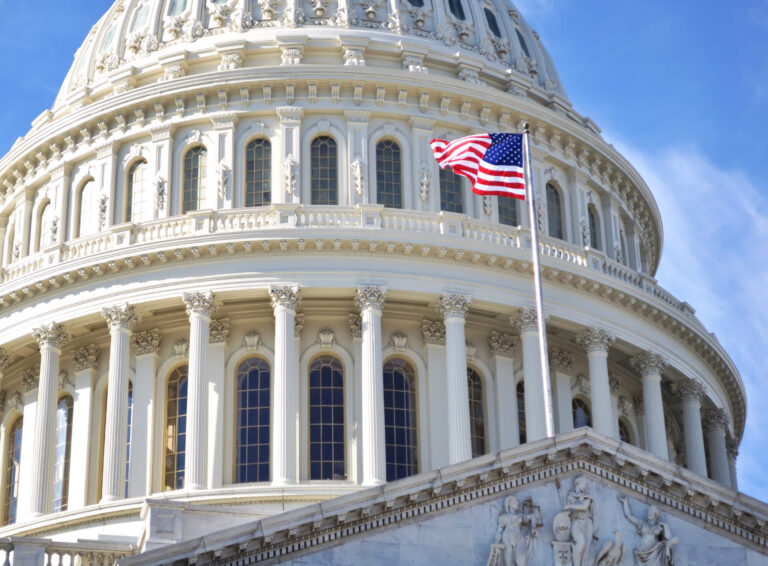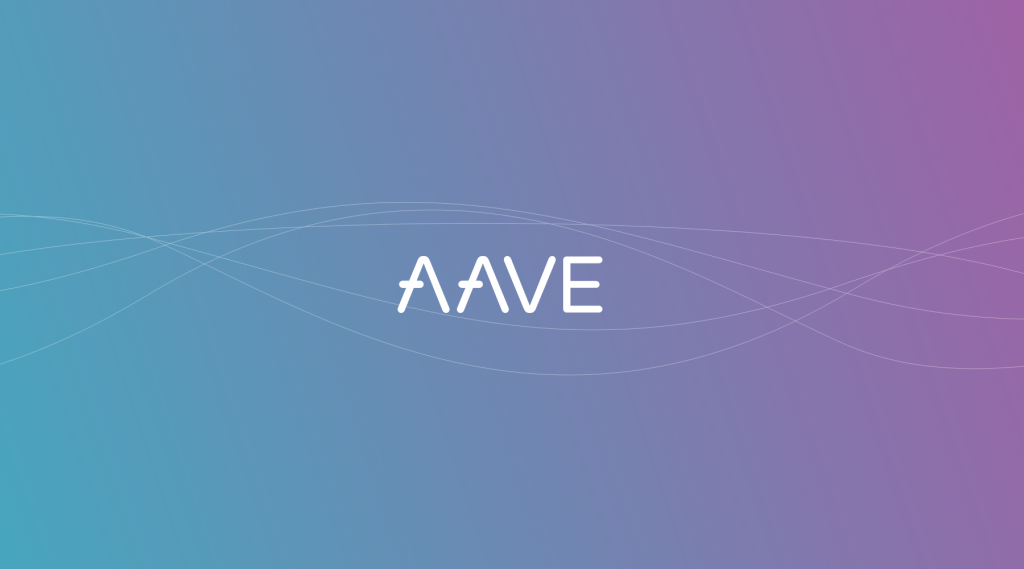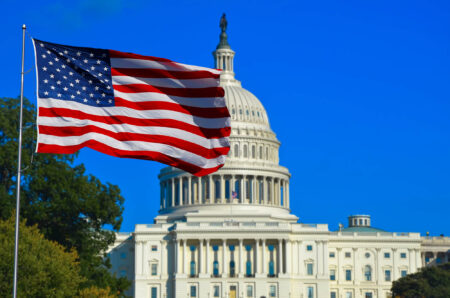The Finance Committee of the US House of Representatives is considering a new draft law for the regulation of stablecoins in the United States. The proposal aims to provide clear regulations for the issuance and trading of dollar-backed tokens, with some activities being completely prohibited.
A new draft law for the regulation of stablecoins is currently being discussed in the US Congress. The focus is on stablecoins and their risks to the US economy, with digital central bank currencies (CBDCs) being explored as an alternative. The "Discussion Draft" sets strict requirements for stablecoin issuers, including the prohibition of US citizens interacting with foreign stablecoins and laying the foundation for a digital dollar.
An early draft bill
The US Congress is made up of two chambers: the House of Representatives and the Senate. The House Committee on Financial Services, also known as the Financial Services Committee, is responsible for overseeing and regulating financial institutions and markets. The committee is also responsible for monetary policy, international finance, and economic policy. Therefore, the committee sets the core competencies of subordinate regulatory bodies such as the US Securities and Exchange Commission (SEC) and the Commodity Futures Trading Commission (CFTC).
Bills such as the current Stablecoin Bill are proposals introduced in either the House or the Senate. After submission, the bill goes through a series of steps, including hearings in committees, debates, and votes, before a law can be passed. Both the House and the Senate must pass an identical version of the law before it is presented to the President for signature. If the President signs the bill, it becomes law. Therefore, the discussed stablecoin bill is still early in its life cycle.
Senior Democrats, along with representatives from the Biden administration and the Federal Reserve, rejected the previous bill last fall. They objected to the way it approached the regulation of cryptocurrencies and digital wallets at the state level. Concerns were also raised about anti-money laundering rules and potential risks to the financial system. Republicans also objected to the draft, which was the product of months of negotiations between current Chairman Patrick McHenry and former Chairman Maxine Waters.
Harsh regulations for stablecoins
The proposed legislation would regulate stablecoin issuers such as Circle and Tether through the Federal Reserve Bank. Banks and credit unions that want to issue their own stablecoins would need approval from their respective regulatory bodies such as the Federal Deposit Insurance Corporation (FDIC) or the Office of the Comptroller of the Currency (OCC). Registration would be mandatory for any issuer looking to conduct business in the US, regardless of their headquarters.
Another provision in the bill would prohibit uncollateralized stablecoins for two years. This would make over-collateralized, decentralized stablecoins illegal in the US, dealing a major blow to the DeFi industry if the bill is passed in its current form. Stablecoins like MakerDAO's DAI, which existed before the bill was proposed, would be excluded from the proposal under a grandfather clause. However, the US Department of the Treasury should still monitor the sector closely.
Moving towards a digital dollar
Finally, the bill also refers to CBDCs issued directly by national central banks. It calls for the Federal Reserve to conduct a study on a digital dollar, among other things. Additionally, a briefing on CBDCs should be held within 180 days of the law's enactment. The Fed has already begun examining whether a digital dollar should be issued. However, the bill specifies that certain areas, such as potential effects on monetary policy, financial stability, and individual privacy protection, should be the focus.
Officials at the Federal Reserve have varying opinions on the digital dollar. The FedNow system, announced for July, will offer fast payment solutions similar to a CBDC. However, unlike a central bank digital currency, FedNow only uses blockchain infrastructure to a limited extent.







